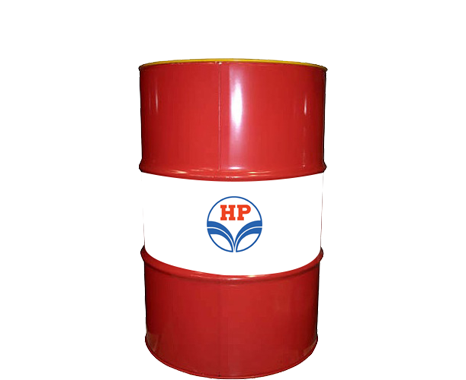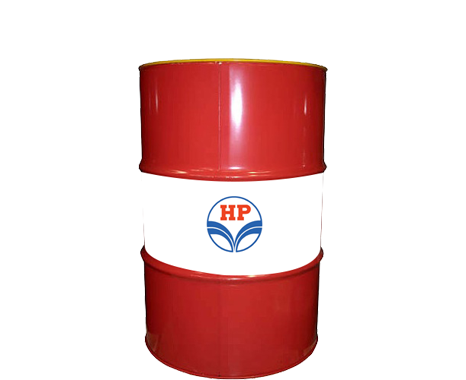Description
HP Powerkool is a new generation Radiator Coolant and Corrosion Inhibitor, specifically developed for IC Engines running in warm climate, thus not requiring Anti-freeze properties. Unlike the conventional anti-freeze radiator coolants, HP Powerkool is based on Organic Acid Technology and hence, it has the potency of a prolonged service life.
CHEMICAL PROFILE
- The product is based on carboxylic acid chemistry.
- Contains carboxylic acids (C8 – C10), neutralized with sodium hydroxide.
- Boron Free
- Amine Free
- Contains fluorescent yellow-green dye.
In course of the Field Trials at APSRTC and BEST on various Heavy Commercial Vehicle radiators, the product has exhibited several key benefits in service, such as:
- Bio-degradable and environment friendly (being of Carboxylate base and boron free)
- Exemplary corrosion inhibition of the metal components
- Superior compatibility to Elastomers (rubber components) used in cooling system
- Retention of concentration over a good duration, hence nil or negligible consumption (apart from those owing to leakage/ contamination etc.)
- Low dosage requirement (only @ 5% with DM Water)
APPLICATIONS
HP Powerkool recommended for use in Radiators of Heavy Commercial Vehicles running in warm climate, thus not requiring anti-freeze protection.
DOSAGE
HP Powerkool is recommended to be used @ 5% dosage with De-mineralized Water.
FEATURES & BENEFITS
- Bio-degradable and environment friendly
- Extended water pump life
- Maximized cavitation corrosion protection
- Extended coolant life
- Improved heat transfer
- Lower cooling system maintenance costs
PHYSICO-CHEMICAL PROPERTIES (TYPICAL)
| Appearance | Bright and Clear |
| Colour | Fluorescent Yellow-Green |
| PH of 5% Solution with Distilled Water | 9 |
| Specific Gravity, @ 20 °C/20 °C | 1.15 |
| Carboxylate Concentration | 2050 |






